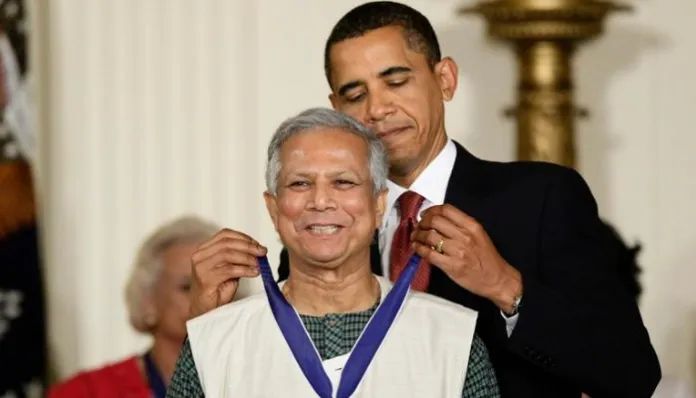Mumbai, March 21, 2025 – It’s been nearly a decade since Reliance Industries acquired a payments bank license. However, in the classic Ambani style -patient, strategic, and bold – things finally appear to be moving.
After years of inaction, Jio Payments Bank is now at the centre of a quiet but deliberate revival plan, according to business author Jayant Mundhra, whose recent LinkedIn analysis sheds light on what could be one of the most awaited pivots in India’s fintech space.
“After nine long years, there are some serious moves. It could be worth watching if the movement continues for another six months,” Mundhra wrote.
The Dormant Decade
Reliance, along with co-investor State Bank of India (SBI), first secured a payments bank license from the Reserve Bank of India (RBI) in August 2015. SBI held a 30% stake in the joint venture, while Reliance controlled the remaining 70%.
The bank was formally incorporated in 2016, and by 2017, it had built a 250+ strong team. But there was little to show for it on the business front.
“Even though the bank started getting people to open accounts in 2018, for another four years, no consumer-facing products were built,” noted Mundhra. “All of this was probably because the group was utterly focused on the telecom and retail businesses.”
The bank’s first CEO, Srikrishnan Harihara Sarma, eventually stepped down in 2021—perhaps a telling sign of the slow pace of progress.
The Strategic Shift
Things started changing when Reliance hived off Jio Financial Services (JFS) as a standalone entity in 2023 led by seasoned banker K.V. Kamath. The step clearly indicated planning to create a financial services empire covering lending, insurance, and asset management.
One of JFS’s first significant steps was to consolidate its hold over the dormant payments bank. In August 2024, JFS invested ₹68 crore into the entity, increasing its stake from 70% to approximately 83%.

This recapitalization also coincided with JFS securing a mutual fund distribution license from AMFI. The license not only enables the firm to offer third-party funds, but also primes it to become the distributor of its upcoming asset management joint venture with BlackRock, which recently received in-principle approval from SEBI.
“This basically paves the way for it to become a distributor of the parent company’s mutual fund joint venture with BlackRock,” Mundhra highlighted.
Synergies in the Making
Beyond mutual funds, there’s another layer forming behind the scenes.
As JFS ramps up its network of merchant POS (point-of-sale) devices—similar to what Paytm had once built—it is being powered quietly by Jio Payments Bank.
The strategy mirrors how Paytm Payments Bank supported merchant operations until regulatory issues halted its operations. If Jio gets it right, it could offer an integrated ecosystem—bank accounts, merchant payments, and investment products—all tied together under one digital platform.
“As JFS scales its network of merchant POS devices, all that is also being supported by the payments bank of the group,” Mundhra explained. “This is in line with how Paytm used to power its POS devices from the support of its now-defunct payments bank in the background.”
SBI’s Exit Signals a New Chapter
Perhaps the strongest sign of intent came recently when Reliance moved to buy out SBI’s 30% stake in Jio Payments Bank. This development effectively hands full control to Reliance, allowing JFS to build the payments bank into a sharper fintech instrument without legacy constraints.
What remains to be seen is how the platform will be positioned in the broader market. While its large base of Jio users and merchants gives it a huge distribution advantage, the payments bank space is tightly regulated. Still, the timing may be ripe.
Also Read: Reliance industries secures $3 billion loan for debt refinancing
A Strategic Response to Airtel?
Interestingly, this renewed focus comes just as Airtel Payments Bank has found its groove—turning profitable and expanding steadily with a hybrid model of online and offline presence.
“Especially so because it comes at a time when Airtel, which also operates a payments bank, has scaled that unit beautifully while keeping it profitable,” Mundhra wrote.
With Airtel showing that a telecom-backed payments bank can indeed succeed in India, it’s possible that Ambani is now ready to play catch-up—or leapfrog.
What Next?
While details remain under wraps, the pattern is clear: Jio Payments Bank is no longer a dormant side project. Instead, it is becoming a strategic cog in Reliance’s grander financial services wheel.
If the next six months bring visible rollouts – like app upgrades, lending tie-ins, or mutual fund integrations – Jio Payments Bank may finally step out of the shadows.
By Ascendants.in | With insights from business author Jayant Mundhra

























